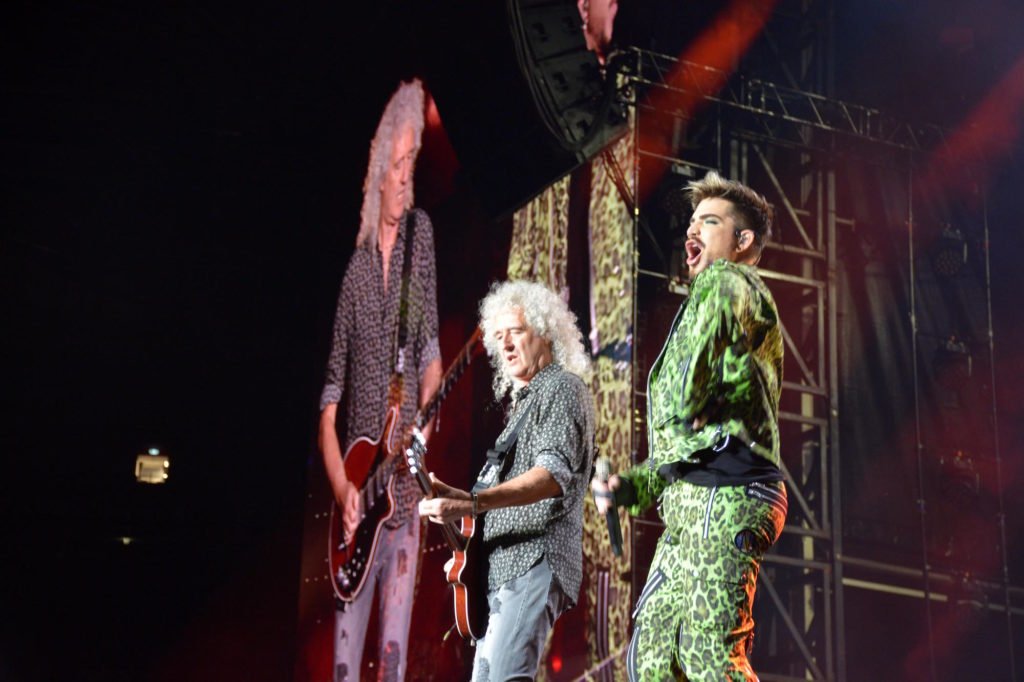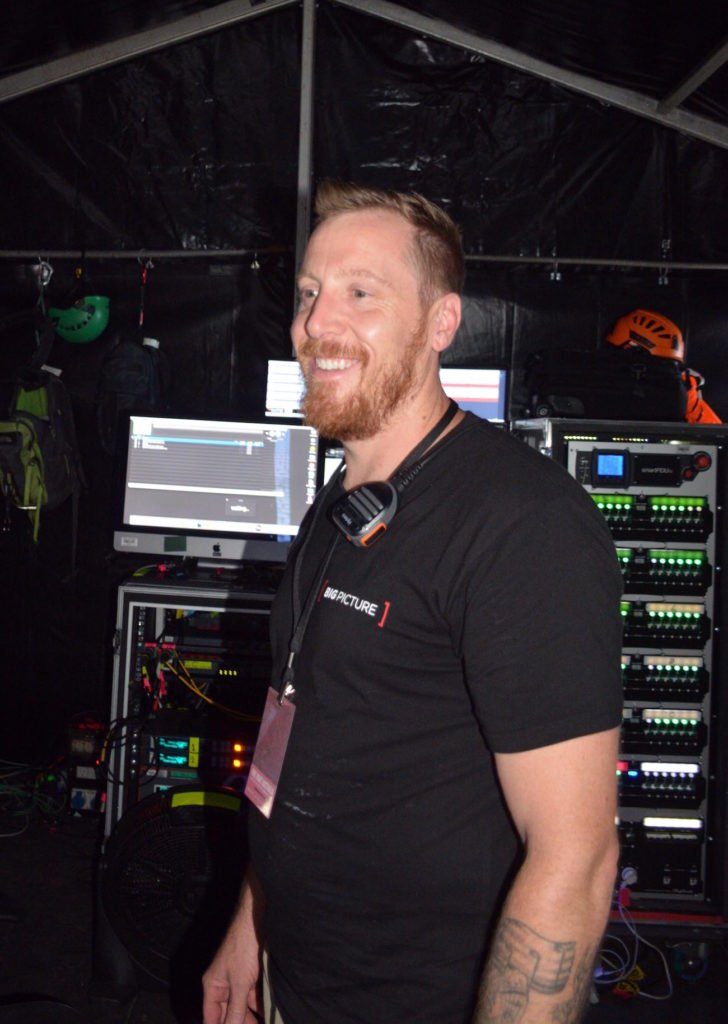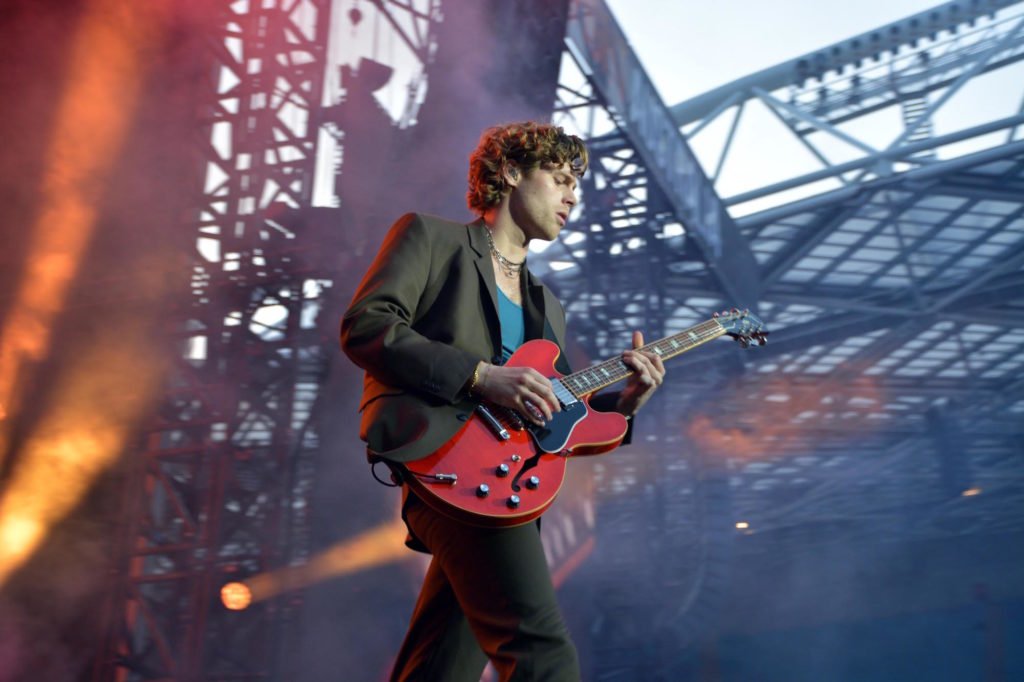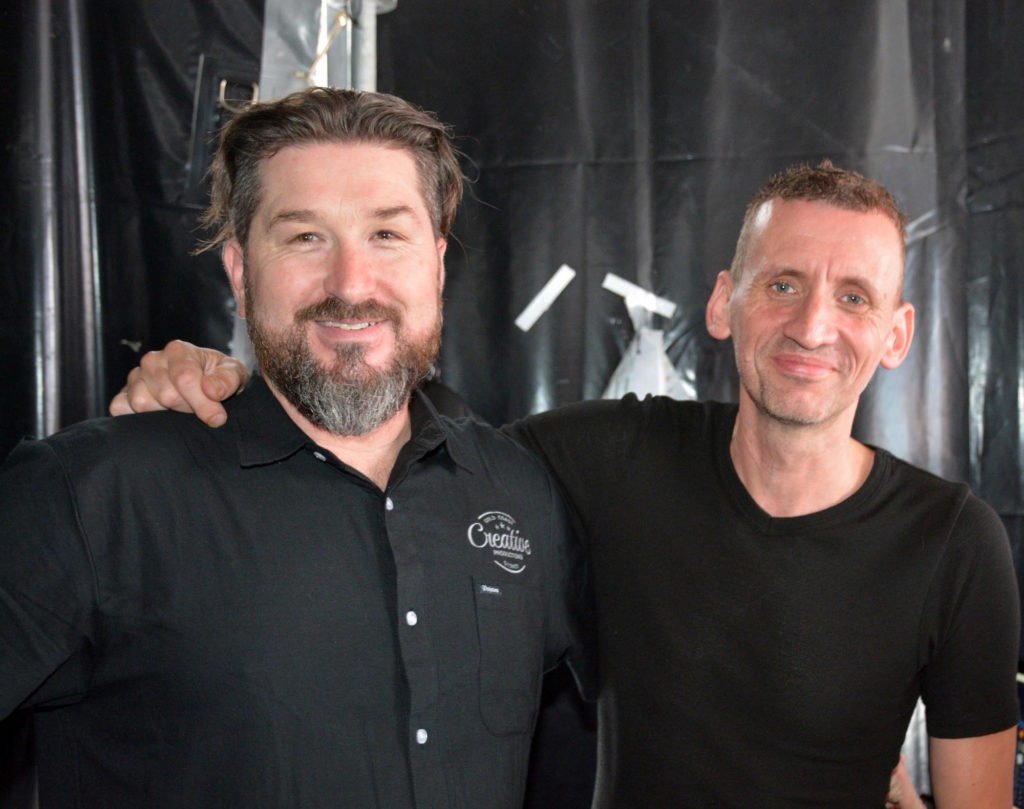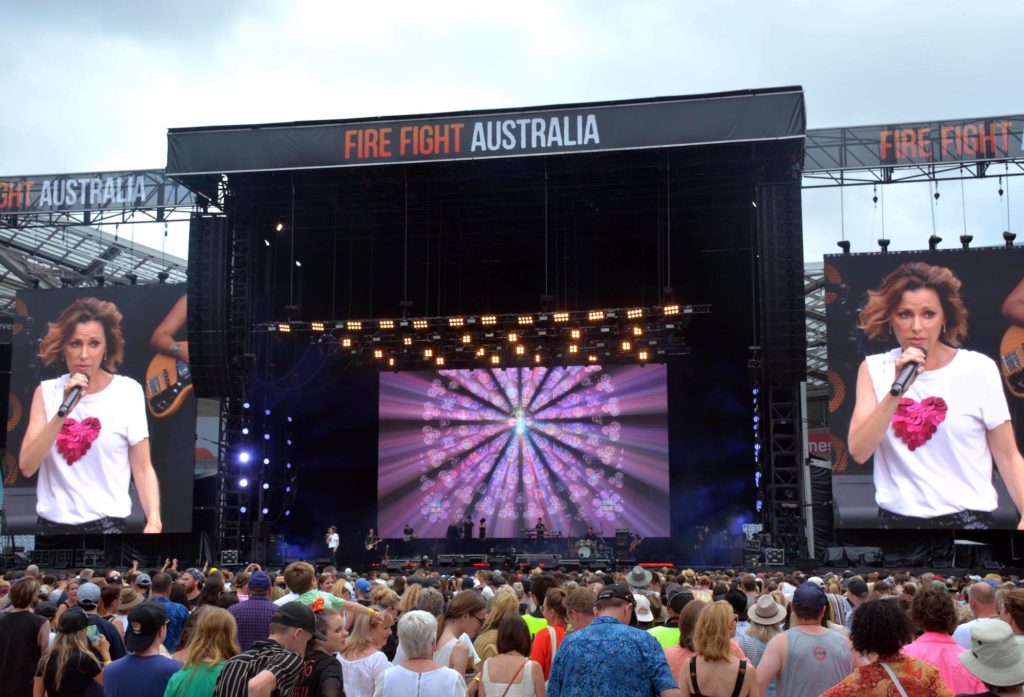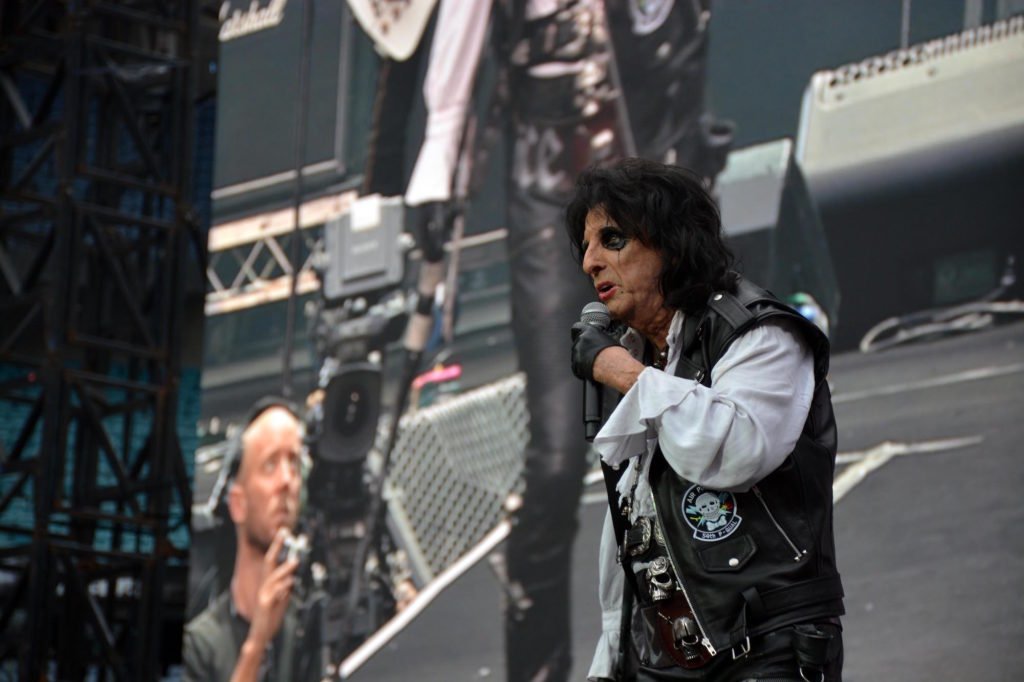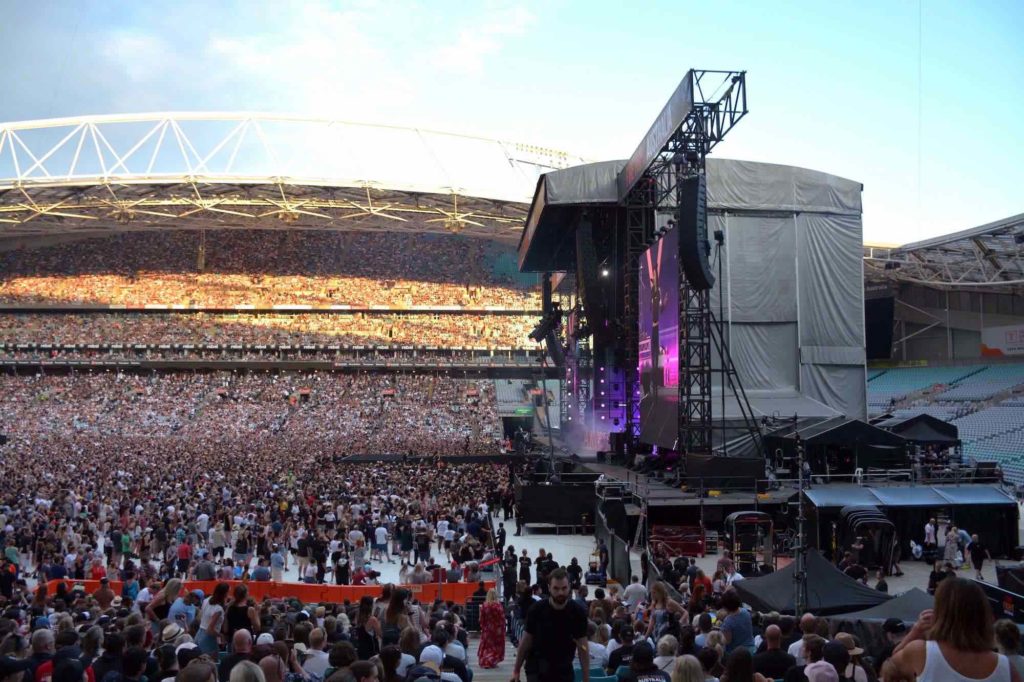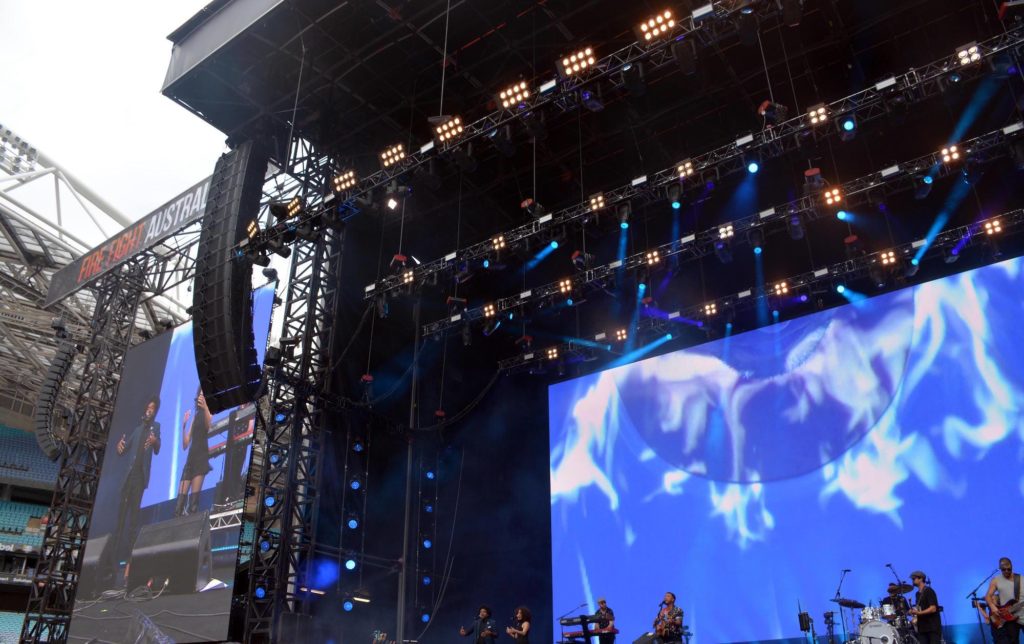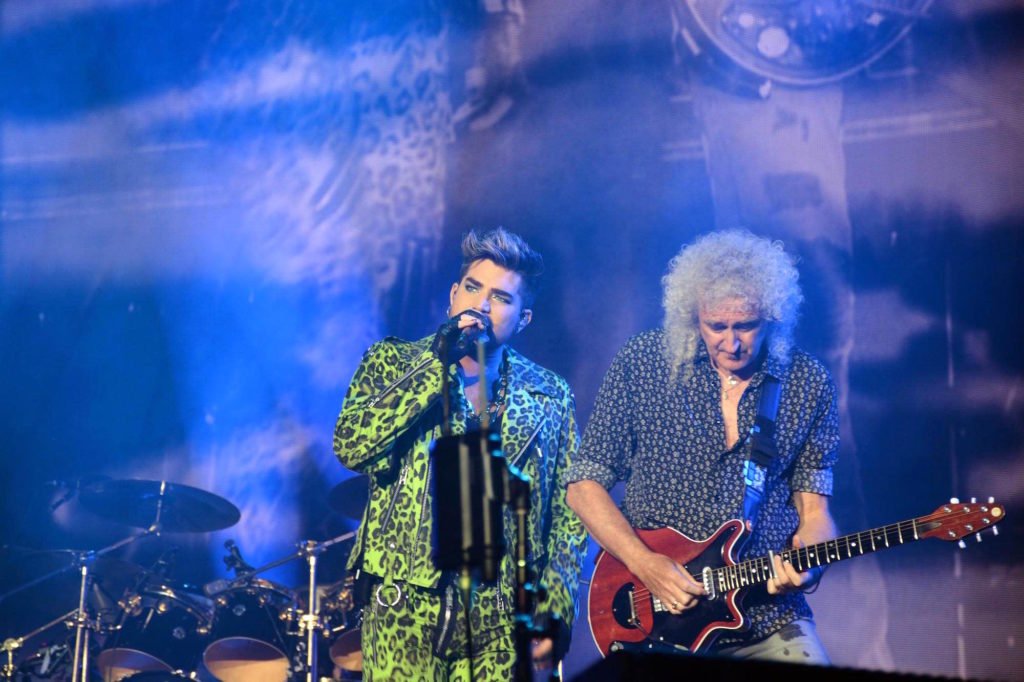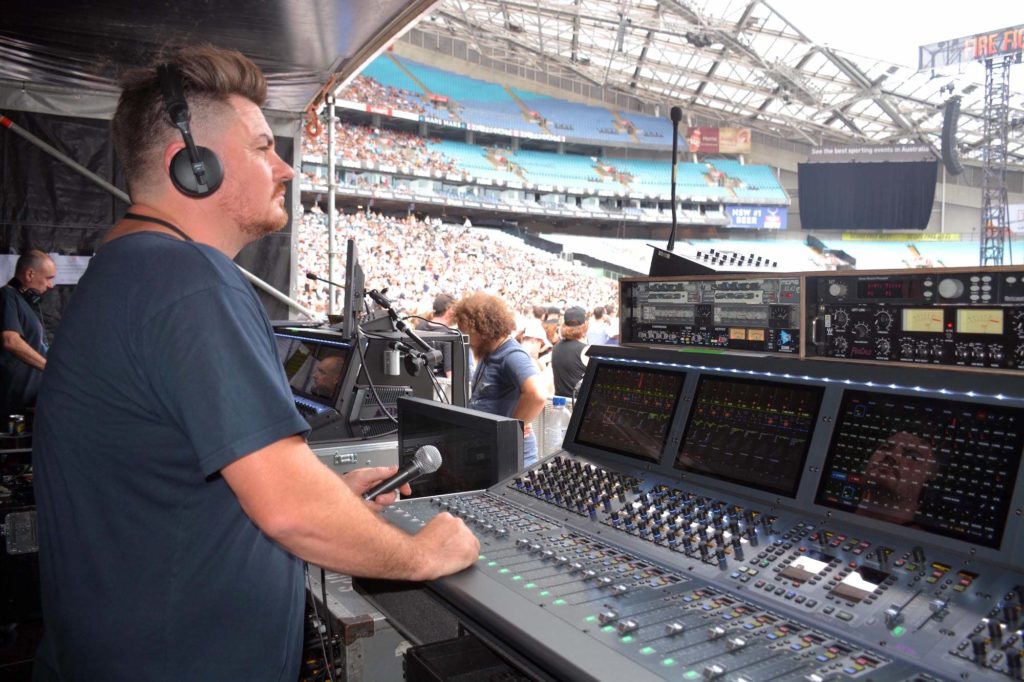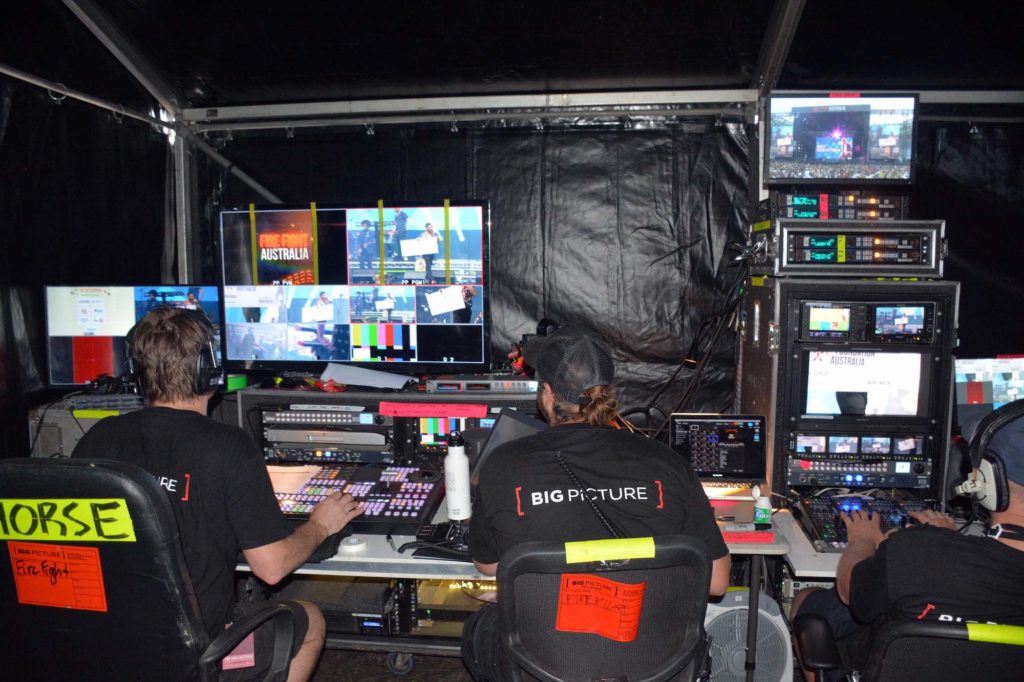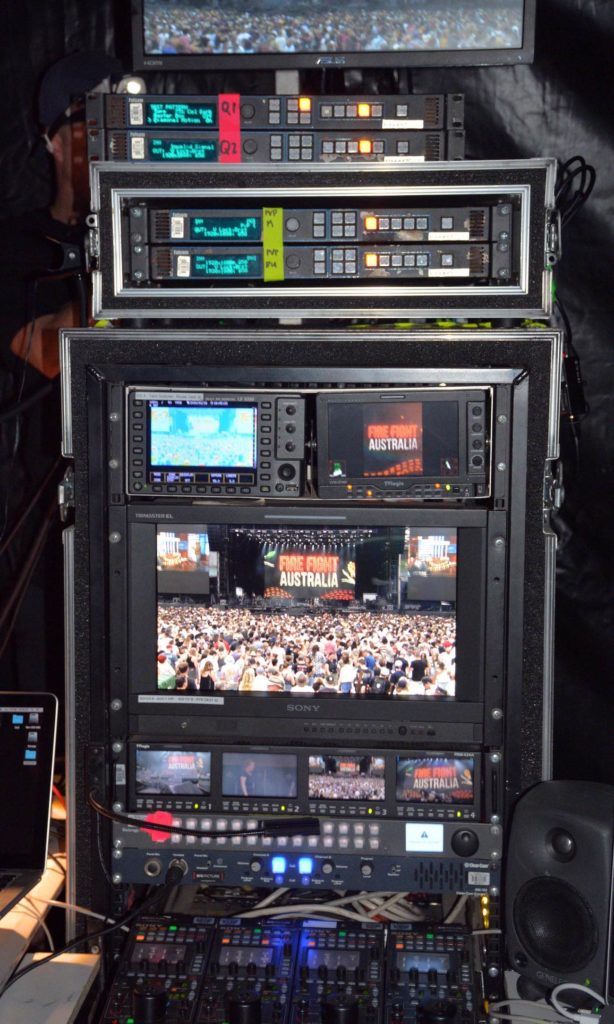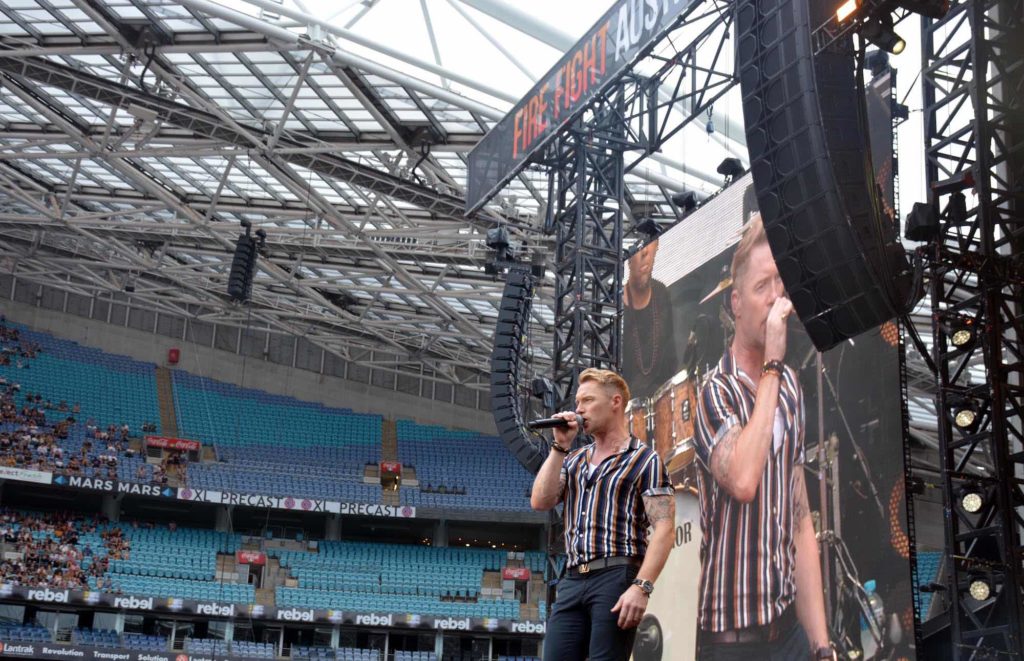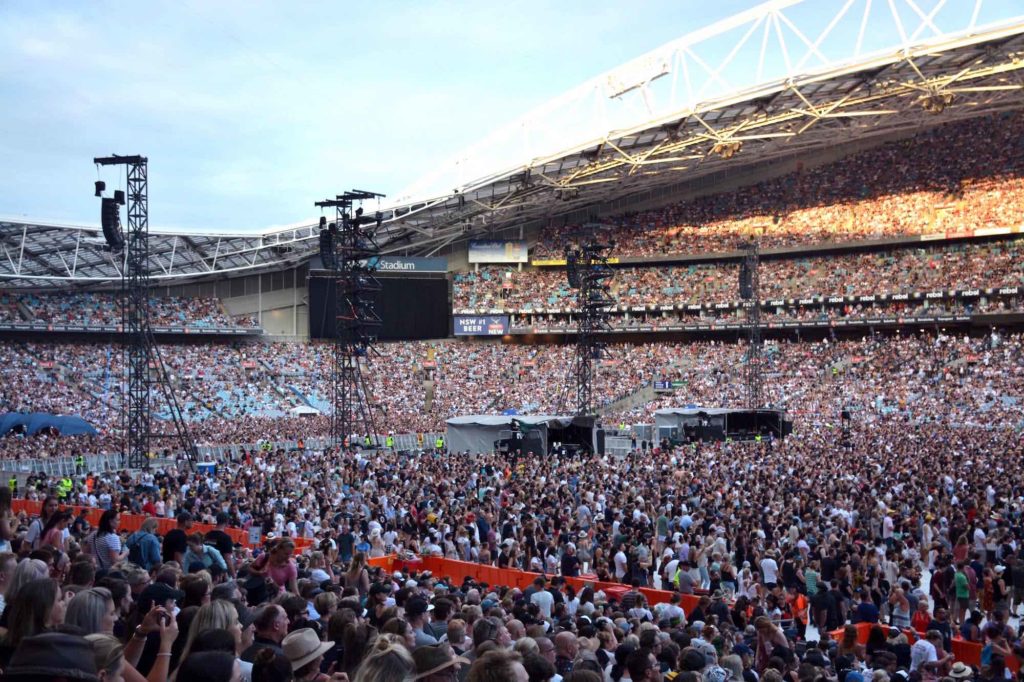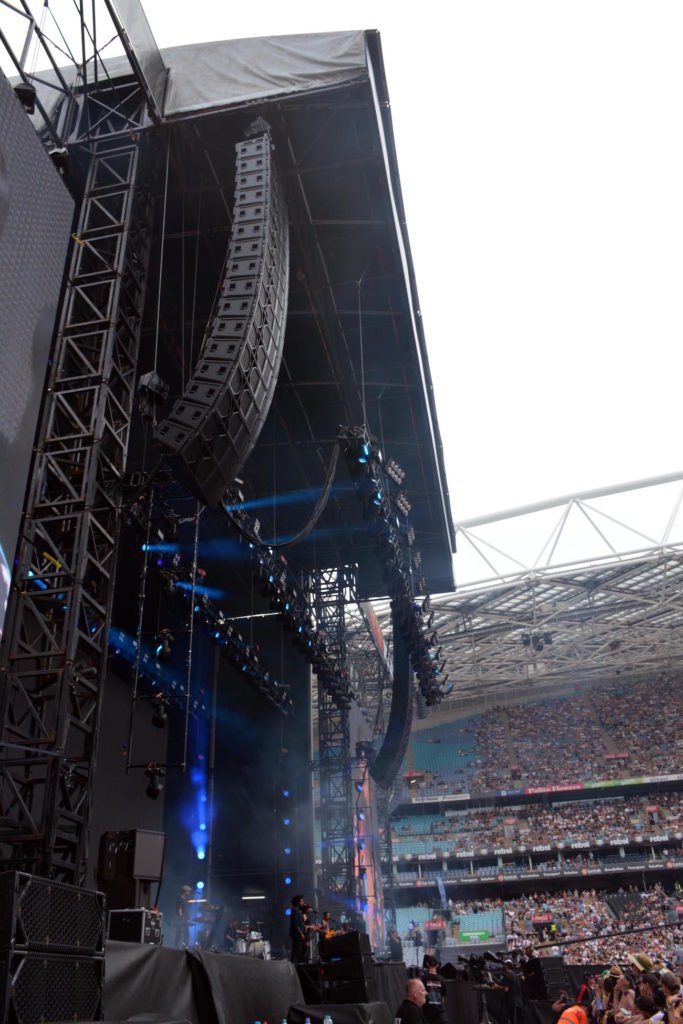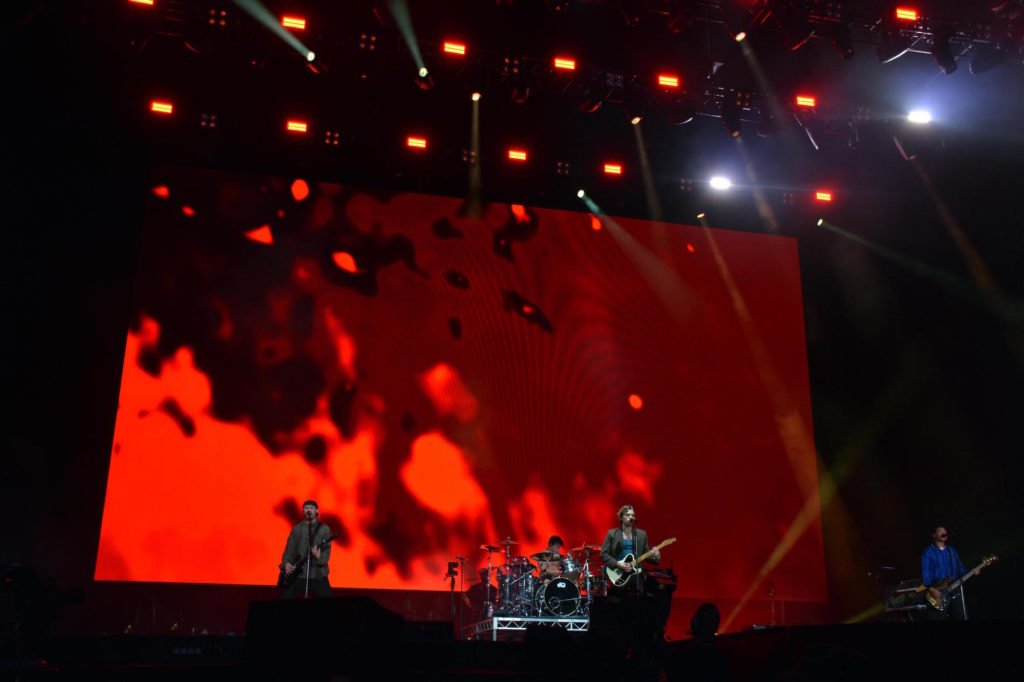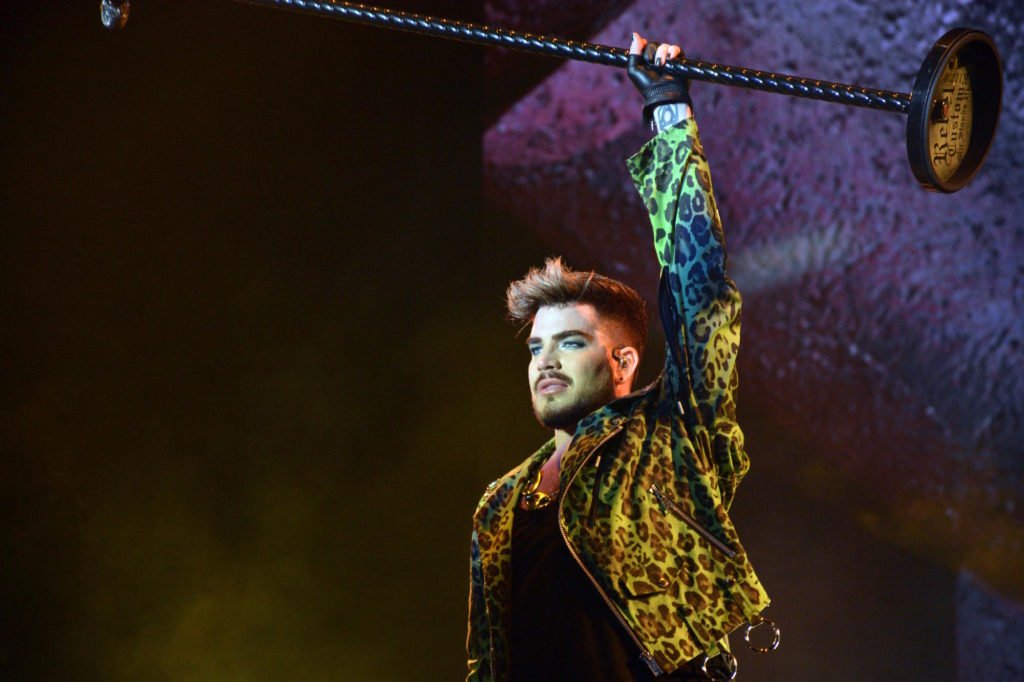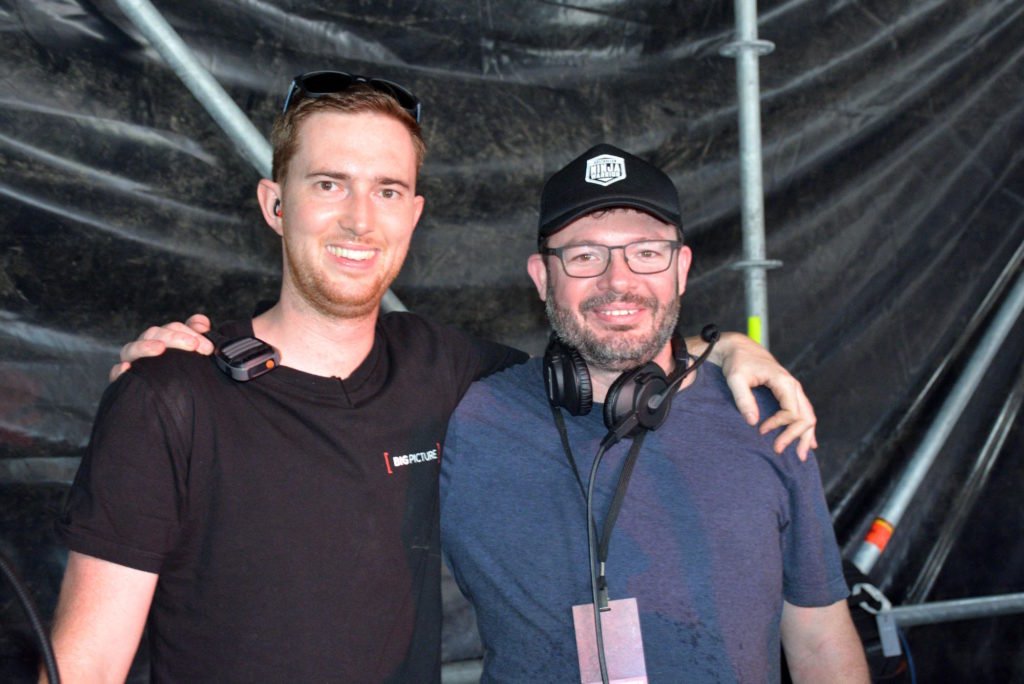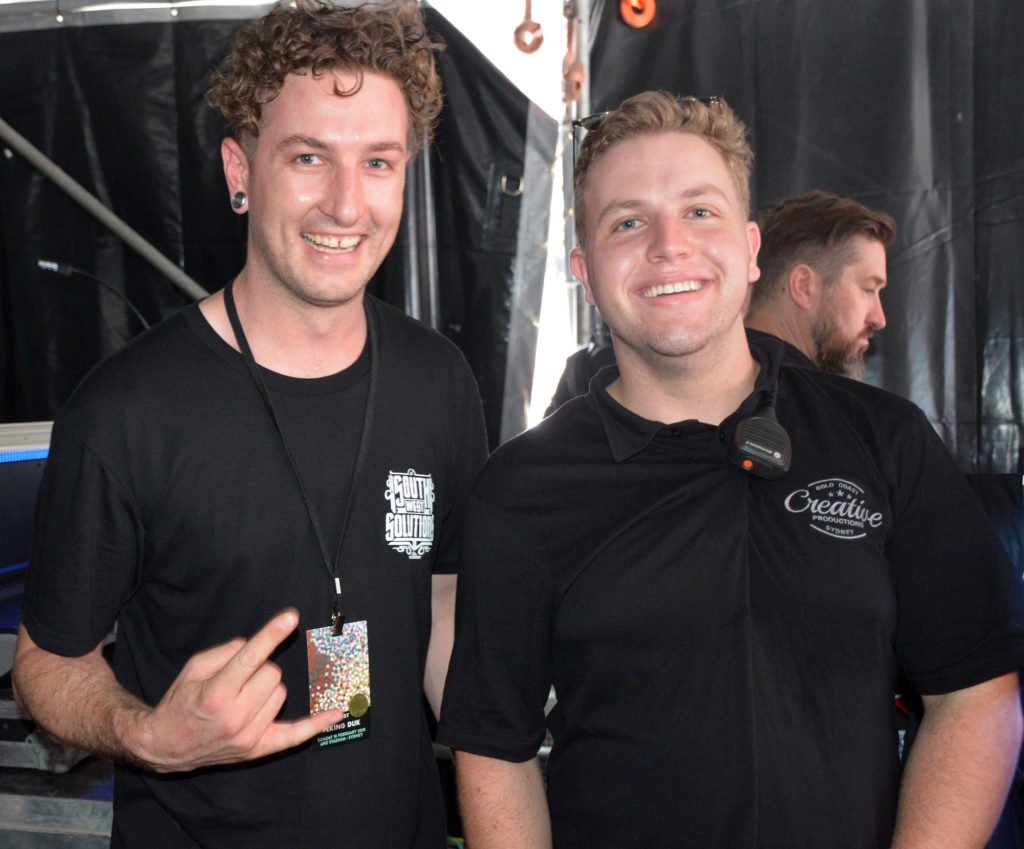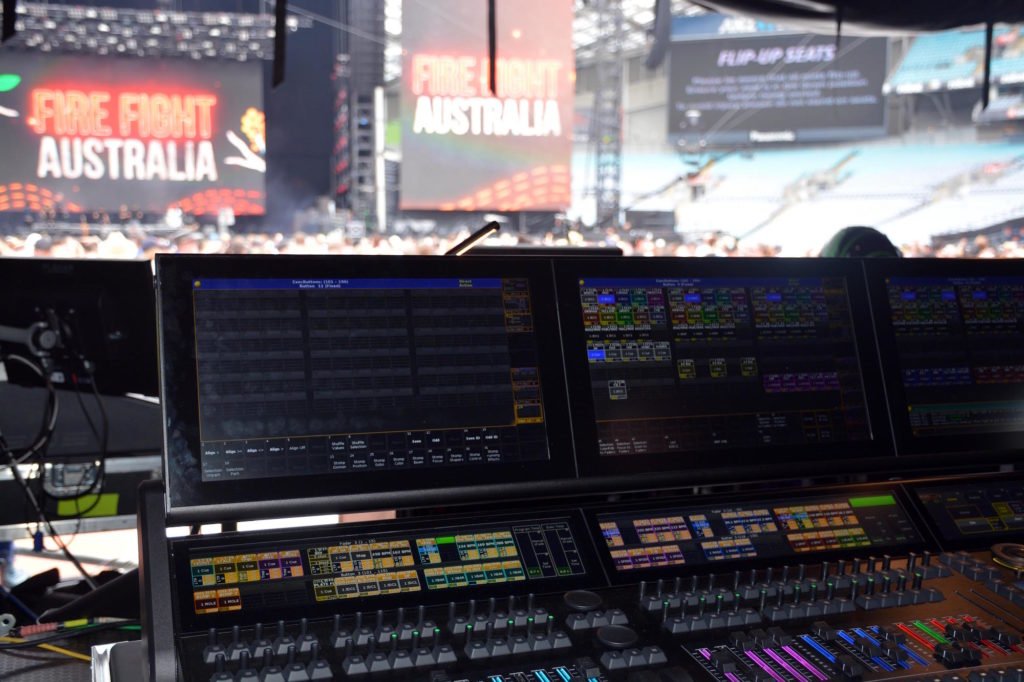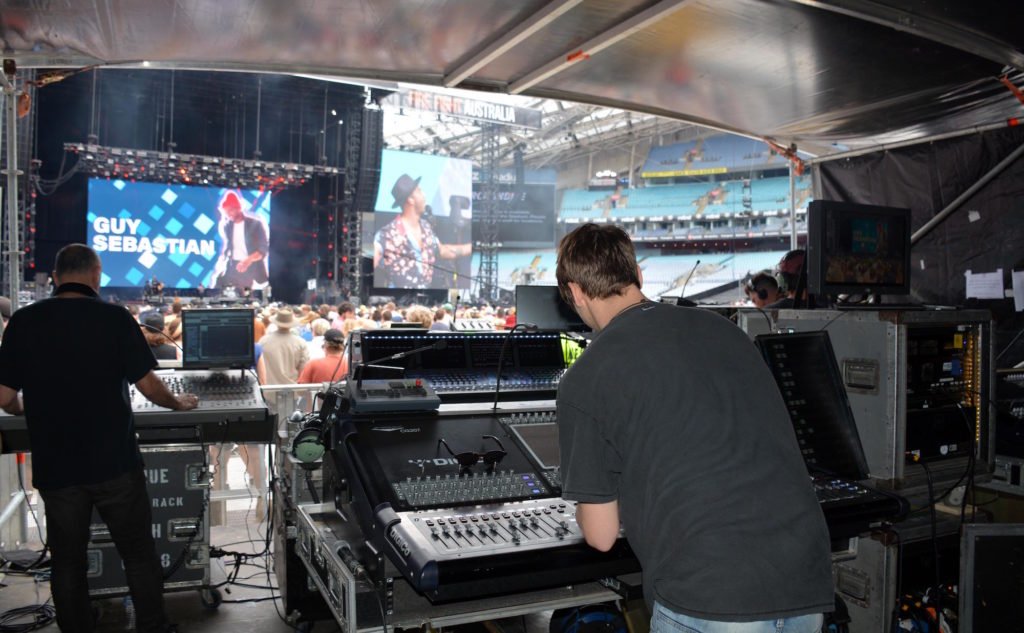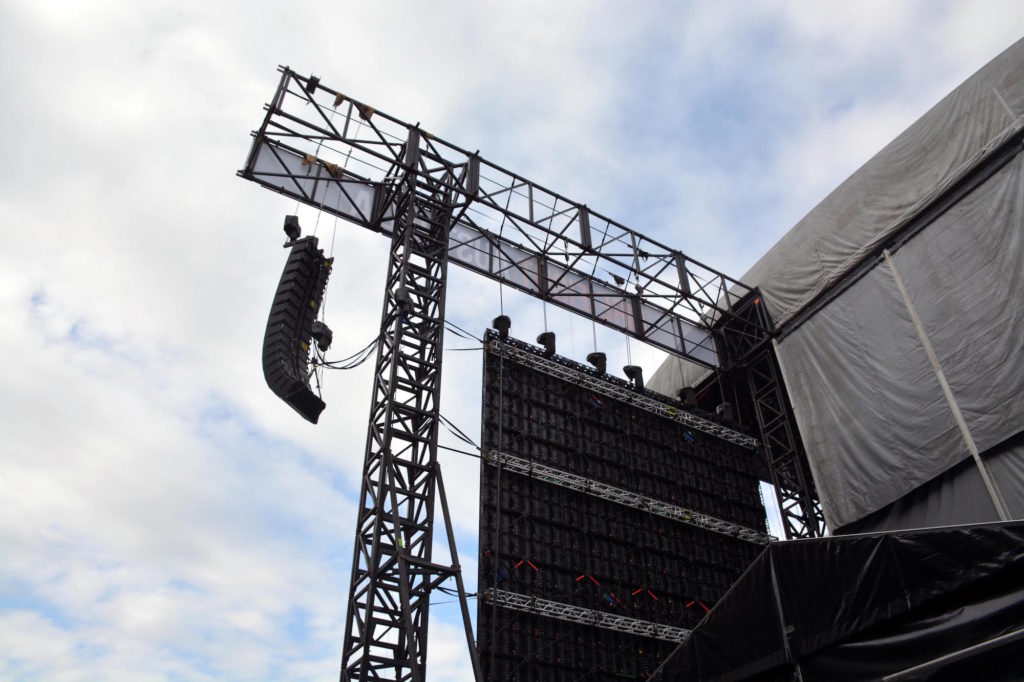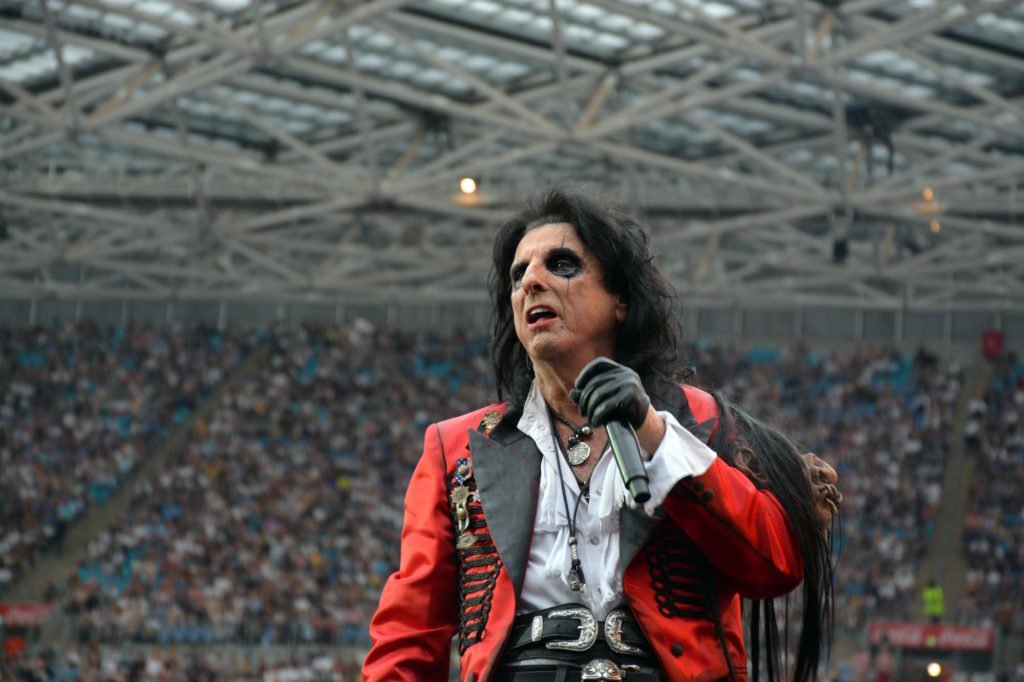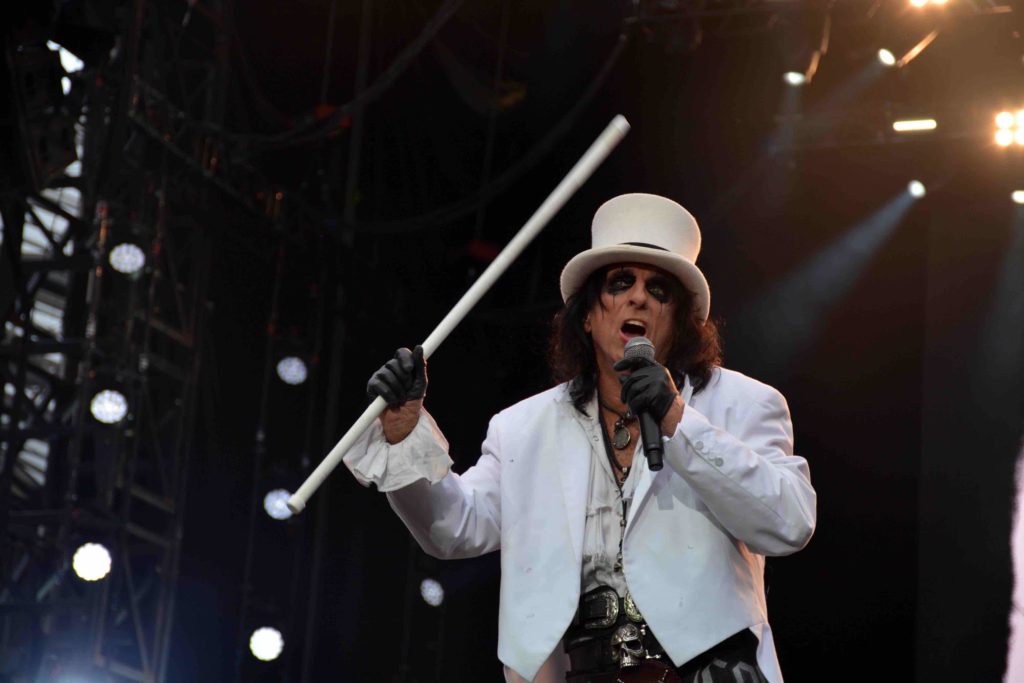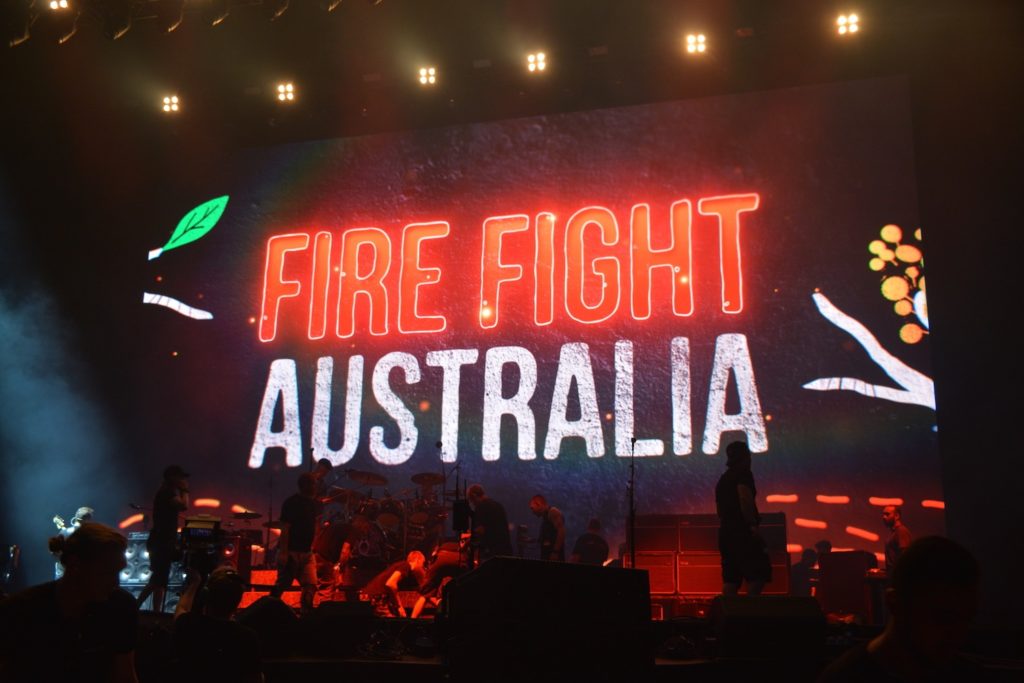News
14 Apr 2020
Fire Fight Australia
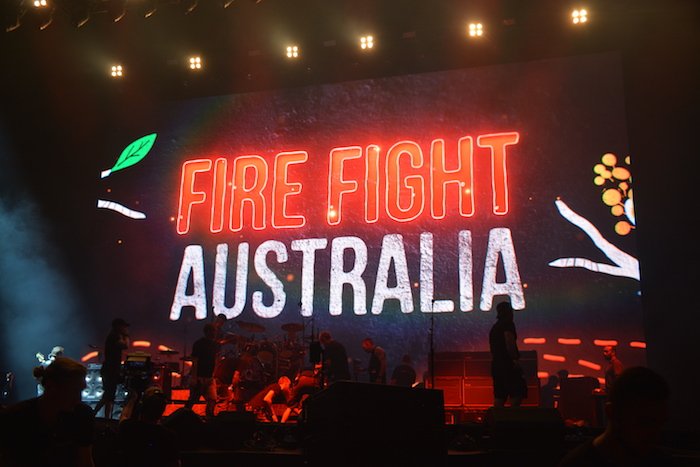
Subscribe to CX E-News
By the end of 2019, we were all stunned by the immense loss of wildlife, bushland, and human life due to the horrendous bushfires that ravaged Australia.
It just so happened that on February 15, Queen + Adam Lambert was slated to play Sydney’s ANZ Stadium as part of their global Rhapsody Tour and the promoter, TEG Dainty, saw this as an ideal time to deliver a Live Aid-style bushfire benefit the following day.
With Queen agreeing to perform again the next day, the acts willing to donate their time started to roll in.
Leading international and local acts, including Queen + Adam Lambert, k.d. lang, Michael Bublé, Alice Cooper, Ronan Keating, 5 Seconds Of Summer, Amy Shark and more, soon signed up.
ANZ Stadium made a generous offer to provide the venue for free the day after Queen + Adam Lambert’s full concert.
What was amazing is that this nine-and-a-half-hour, one-off concert was only five short weeks in the planning due to the generosity and kindness of hundreds of entertainment personnel.
Whilst the 22 artists and bands received plenty of praise and accolades in the press, let’s not forget the 1,400 workers on the day – a very long day for most – without whom the concert would never have happened.
The production crew of stagehands, riggers, audio, lighting, video and backline personnel, stage managers, volunteers; the suppliers and drivers of 35 trucks; the providers of numerous hotel rooms and suites; the 23 media and marketing companies, 22 production companies, eight catering and food and beverage companies and seven car companies that donated staff, products and services.
Video
TEG Dainty approached Big Picture to provide video production and equipment for the event and they were more than happy to service the concert.
The fact that Dainty is also one of their biggest clients made it a bit of a no-brainer!
“We supplied all the gear and servicing for free but paid our crew a discounted rate,” commented Anthony Cairns, Big Picture’s Operations and Projects Manager.
The most pressing challenge for Big Picture was turning everything around in such a short time and working out how to integrate 22 acts and their individual visual packages in ten-minute change-overs.
“Trying to get information out of a small handful of acts for a show is difficult enough,” said Anthony.
“Every band has their requirements and expectations of what they need to achieve, so trying to manage that and come up with a happy medium to meet everyone’s expectations and deliver on schedule was tricky.”
Anthony spent a couple of weeks in pre-production along with Steve Swift and Colin Skals, and together they formulated a plan of attack to deliver the show smoothly.
Then broadcast came into the picture and they worked closely with Julie Ward from ZigZag and her team, formulating a structure for the day to successfully deliver the entire package to TV.
A few bands required Big Picture to program video content for them, including 5 Seconds of Summer, programming their content package in-house.
“Their content came out of Moment Factory and we programmed it and applied a time code track so it would trigger at the right times,” added Anthony.
“We also had a few bands that were happy for us to go with our default state which was the Fire Fight logo.
“We tried to retain the Fire Fight branding as much as possible throughout the show to remind people that it was not a festival but a benefit concert.
“The whole focus of the day was to put on a great event to raise awareness and funds. It was also a big thank you to the Firies and to applaud community spirit.”
The Big Picture guys loaded in at 2 a.m., as soon as Queen’s lighting and video rig had gone, and then worked straight through for 22 hours. Fortunately, their IMAG screens went in on Thursday and were then covered with Queen’s scrims for their show.
“We supplied the IMAG screens, upstage screen, all the camera systems, and control packages – anything video was done by us!” stated Anthony.
The Roe MC7 7mm IMag screens were 10.2m wide by 12.6m high whilst the upstage screen was Roe CB8 8mm measuring 15.6m by 9m high.
Brompton Processing was used to drive the screens and a Barco E2 was used to manage all of the integration with the bands and switching between broadcast, bands, cameras – basically all screen management.
A Sony MVS camera package with four HD camera chains and two PTZ Robo chains for the cameras was used. A StageSmarts power distribution system managed all of the power.
Anthony’s main highlight of the day was simply getting through the event with no issues! It was one of the most challenging events he has ever been involved with during his seventeen years in the business, within Australia and internationally.
Despite the stress leading up to the event, the day was ‘organised chaos’ and a fantastic testament to Australian production personnel.
“It all ran seamlessly and flawlessly on the day. In fact, it was fairly easy, which no one was expecting,” said Anthony.
“I guess when you have that many bands with so little time to turn around, you just steam ahead as it’s a big machine that can’t stop from start to finish.
“No one in any production department had to communicate much as they all knew what they were doing and what was needed to be done. So it just happened, with everybody focussed on the goal that needed to be achieved.”
Lighting
Creative Productions donated the entire lighting rig plus all the preparation expenses and crew wages for the concert.
As well as an extremely short planning period, getting the gear up and working in the short time frame allowed was always going to be challenging.
This was made worse by a ‘truck incident’ on the way down from the Gold Coast that resulted in the gear arriving two hours later than the scheduled 2 a.m.
With the stage booked for Queen at 8 a.m., this meant there were only four hours to set up all things lighting, but the guys smashed it, handing over ten minutes early.
“Extracting information out of the artists was also difficult,” said Dave Jackson, managing director of Creative.
“Originally no one was going to be bringing LDs with them, except Queen, but it turned out to be a few more than that!
“We didn’t know this until the day when they turned up – starting with the first band to play!”
The lighting rig needed to be fairly simple and straightforward to set up and run, with versatility the key to the design. When it was announced that the gig would be televised, more gear was added for the cameras.
“The design was based around what Queen required which was fantastic,” said Dave.
“They could have been quite painful but thankfully they weren’t. I also had to look at what we had available at the time.
“We had a show going out four days after the event so I pretty much used all of that inventory. I just made it as clean and simple as possible, whilst getting the best looks I could for a daytime show and into the night.”
Naturally, the lighting had to work with the large upstage LED screen plus left and right IMAGs whilst still having plenty of punch for the daylight performances.
Dave opted for 36 Robe BMFL Spots, 36 BMFL Wash and 18 BMFL Blades, as he believes that BMFLs are the only moving light where colours are accurately perceptible in daylight.
Added to that were 30 Robe Spiiders, eight GLP JDC-1, five GLP impression X4 Bar20, six LightSky AquaBeam, 20 8-Lite, 18 4-Lite, and MDG atmospherics.
Control was an MA Lighting grandMA3 full size which was the main event ‘house’ console, with a grandMA2 full size for backup.
A High End Systems Hog 4 was provided for LDs preferring to work from that, and a grandMA3 light was available for any LDs who wanted to take advantage of pre-vis time during the day.
LD Brad Alcock was doing Tina Arena, Guy Sebastian, Delta Goodrem, and Ronan Keating, but being a seasoned Hog user (although there was one available there had been no time to pre-viz) he had a ‘mini-meltdown’ with the MA3 and so Dave took over under Brad’s guidance.
Together, with Brad running strobes, blinders and content for Tina and Guy, they got the job done.
Jeff Pavey finished the event lighting k.d.lang, Icehouse and John Farnham with Olivia Newton-John. Dave reports that on the day it was all quite relaxed and pretty flawless in all departments.
Audio
Fortunately for audio provider JPJ Audio, the Clair Global PA used by Queen the night before was retained for the concert with a control set up from the Sydney office arriving at 6 a.m. for load-in.
The large PA comprised 32 Clair i5D, 32 Clair CO-12, 18 Clair CP-218 Subs and 20 CO-10 front fill. Delays were handled by 64 Clair CO-12.
JPJ knew that planning and preparation was the only way to get through the concert and so they installed an A, B, C, and D split system and A/B control system to give them the ability to line check all the acts backstage before the 10 minute changeovers.
All band files were loaded and line checked back at the shop.
At FOH there were DiGiCo SD10s, Avid S6Ls, Avid Profile with four Waves Server setups and a Digico SD11 for broadcast feeds.
At monitors, there were Digico SD10s with Waves Servers and an Avid Profile. Broadcast also had A and B consoles to match JPJ’s system.
Communication is key on these sorts of events, so JPJ installed a Riedel Artist Comms system and had all JPJ stage crew wearing their wireless Bolero beltpacks.
They integrated their system into the broadcast system, which made communicating with the broadcast trucks and show directors a breeze.
With 800 input channels to line check, both back of house, then on the stage in the changeover, it needed to work, no questions asked.
Radio spectrum maestro Peter Twartz offered his services as Spectrum Manager for the event, along with John Buckley, in a pro-bono capacity.
With over 300 frequencies under management across the stage, broadcast, media, communications, camera links and back of house requirements, this was no simple feat.
The ‘house’ wireless mic systems supplied by JPJ were Shure Axient Digital, four ADX2FD Dual Frequency Diverse handhelds, four ADX1 Beltpacks, four ADX1M Micro Packs, and 12 AD2 handhelds.
Queen with Adam Lambert, Alice Cooper, and 5SOS all brought in their touring systems which comprised a mix of Shure Axient, AD and ULXD.
There were four Shure UHF-R and one Sennheiser 3732II receivers for three acts that brought their transmitters with them.
The A/B duplicate festival format so the next act could be line checking whilst the current was performing was critical to achieving ten-minute turn arounds but doubled the number of compatible frequencies required.
JPJ provided Axient Digital and Shure UHF-R guitar systems for backline to assist acts, some of whom arrived with a motley collection of wireless systems, suitable for a local pub, but not in front of 75,000 people and competing with 300 other frequencies.
“One of the big differences between a cheap wireless mic system and a top-end one is the RF filtering and the ability to reject unwanted RF noise,” commented Peter.
The IEM system was 20 sends of Shure PSM1000 in an A/B split and then touring systems added a further 30 channels of PSM1000.
The wireless spectrum between 520 and 694MHz was comfortably full, to say the least!
“It would not have been possible to achieve so many clean channels on the one stage without Axient Digital’s advanced capabilities,” added Peter.
“Especially critical was the ability to change a frequency on-the-fly if interference was detected.
“The Axient Digital’s ShowLink gives remote control of the transmitter even whilst it is out on stage in use, and the ability to tight pack the digital signals ensured space was left for intermod-free frequencies for the PSM IEMs, and the analogue mics.”
According to JPJ, over 800 inputs were coming off stage, going through 896 channels of passive transformer isolated splits, 500+ mixes leaving monitors over the day, 2250+ input channels being mixed, 66 band mixes being pulled on 14 consoles all with no rehearsals or sound checks going live to TV for 10+ hours.
A few of the stage guys walked over 36,000 steps; that’s around 27km.
CX wish to acknowledge all of the crew that banded together to make this incredible event happen. Crew who jumped at the opportunity to help others, yet are now probably without work.
CREW
Big Picture
Anthony Cairns, David Horscroft, Chris Irvine, Lucio Gionta-Lane, Jeremy Moore, Emma Cusack, Cam Richards, Aaron Bush, Michael Gearin, Zachary Burton, Loughlin Walsh, Kayn Biddle, Jarrod O’Brien Shaw, Rishi Sheldon, Adrian Kristoffersen, Brandon Batten, Simon Cadman, Rodney Apps
Creative Productions
Scott Black, Jeremy Dehn, Daniel Callaghan, Tony Hall, Luke Hall, Dane Boulton, Matt Doherty, Dylan Hines, Nathan McLure, Maddy Murphy
JPJ Audio
Ben Northmore, Cameron Elias, Chris Robinson, Dean Stander, Harry Philpot, James Grant, Joel Larsson, Joel Pearson, Kellie McKee, Kieran Morris, Lara Smith, Matt Whitehead, Murray Lewis, Paul Kennedy, Peter Twartz, Ryan Fallis, Wayne Mulder, Tim Jones, Bianca Martin, John Buckley
CX Magazine – April 2020
LIGHTING | AUDIO | VIDEO | STAGING | INTEGRATION

Entertainment technology news and issues for Australia and New Zealand
– in print and free online www.cxnetwork.com.au
See also:
Creative Productions and Robe at Fire Fight Australia (News 26 Feb)
https://www.cxnetwork.com.au/creative-productions-and-robe-at-fire-fight-australia
© VCS Creative Publishing
Subscribe
Published monthly since 1991, our famous AV industry magazine is free for download or pay for print. Subscribers also receive CX News, our free weekly email with the latest industry news and jobs.

